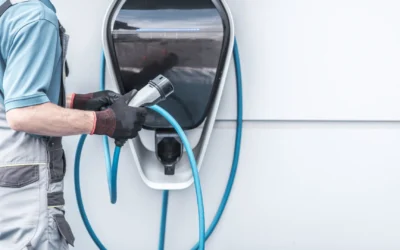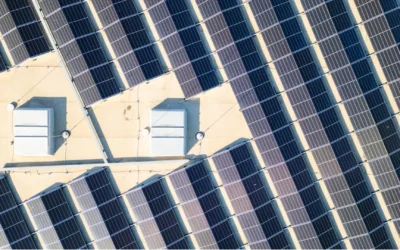- With more than 80% of shore power facilities built, Europe leads the world in shore-side power deployment.
- Governments across Europe are facilitating ports to install shore-side power facilities.
- More than 24000 European ports aim to offer shore-side power facilities to vessels by 2030.
Shore Power in Europe
European ports have made a strong commitment to reduce the negative environmental impact of the maritime sector. In the last decade Europe invested heavily in the deployment of Onshore Power Supply (OPS) at major ports and as a result, European ports account for more than 80% of all shore power facilities installed worldwide. As indicated in Figure 1, most of these facilities are low voltage, operating at voltage levels ranging from 400 V to 690 V and are used by container ships, Roll-on/Roll-off (Ro-Ro) vessels, and ferries. High voltage facilities, which operate at voltage levels ranging from 6600 V to 11000 V are mostly used by cruise ships and are mostly installed at cruise ports.
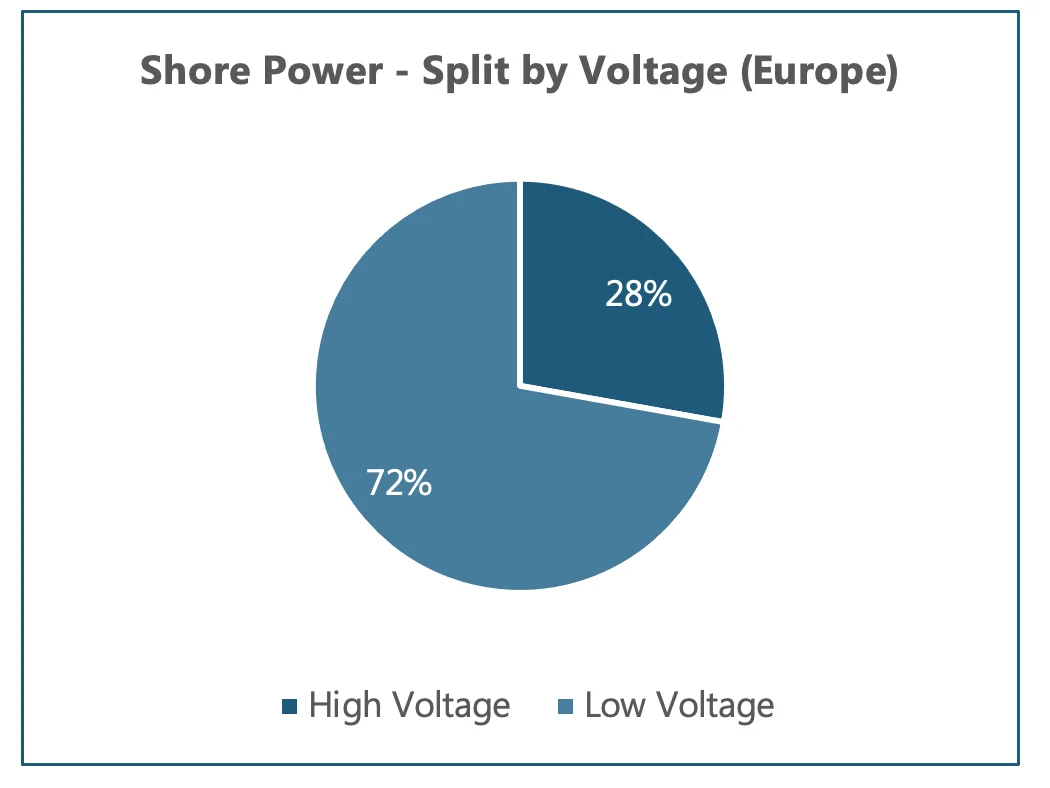
Figure 1: Shore power split by voltage in Europe.
Source: Power Technology Research
Europe:
OPS has a strong footprint in Europe due to the support available through government policies and to initiatives taken by ports to control the emission levels of the maritime industry. In terms of installed number of systems, Norway ranks on top followed by Sweden, Germany, France, and Italy.
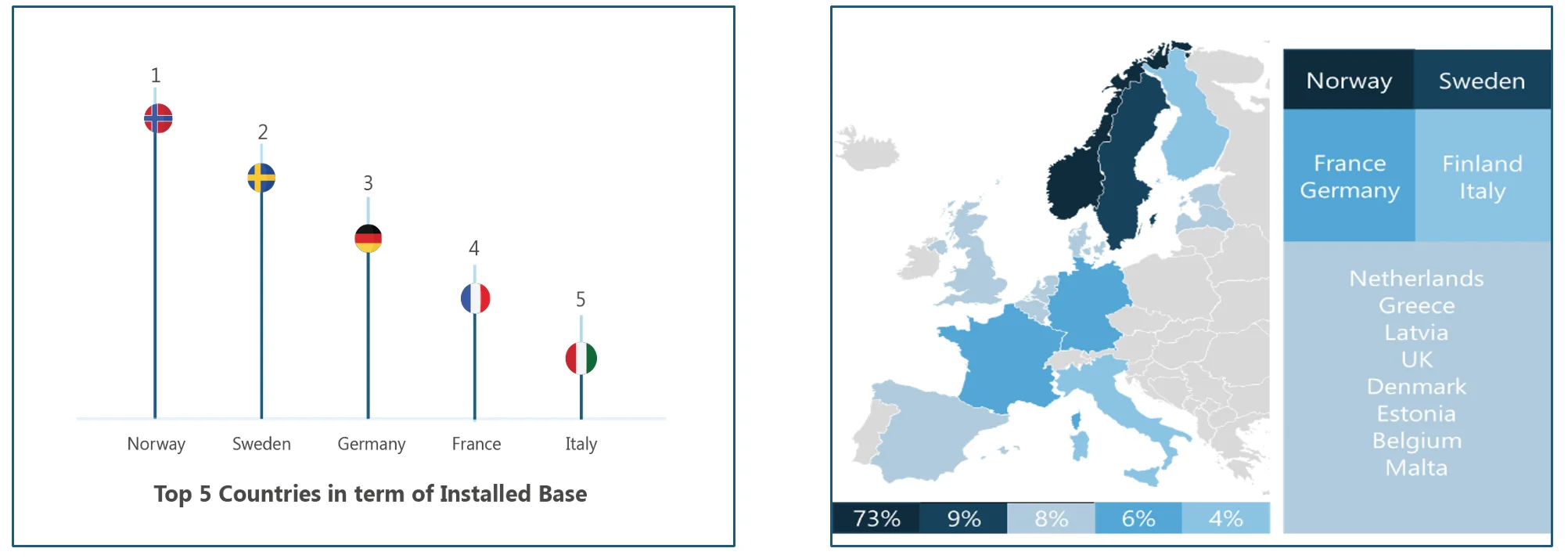

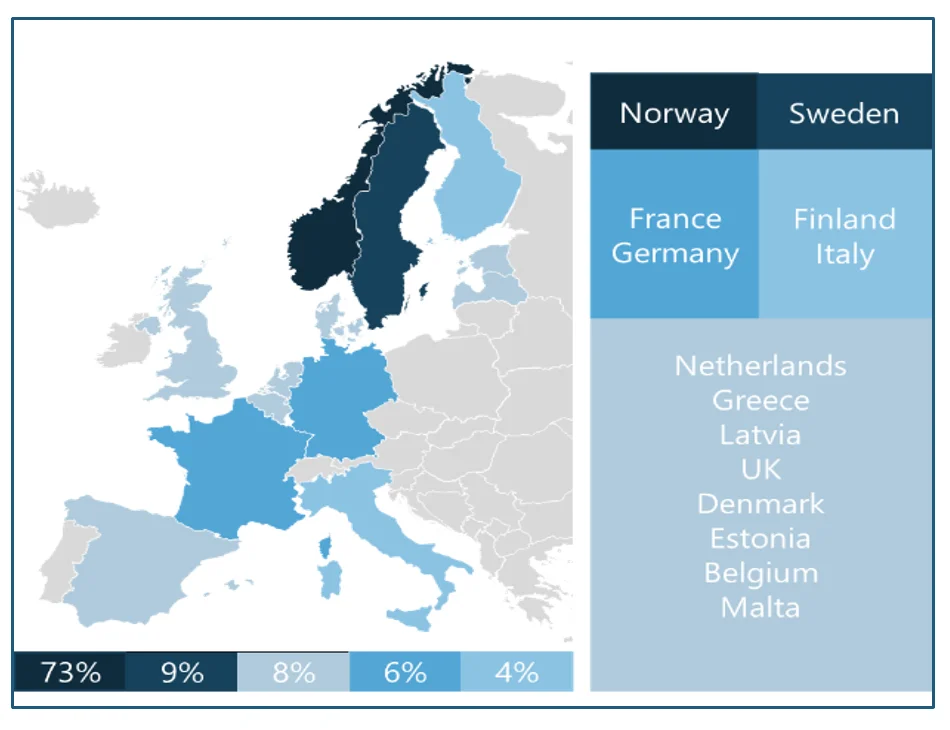
Figure 2: Top 5 countries in terms of installed base of systems.
Source: Power Technology Research
Norway
With more than 50 ports offering shore-side power to vessels, Norway has led the way in deployment of shore power facilities among all European countries. The major ports are Bergen, Karmsund, Kristiansand and Oslo. The investment for the deployment of shore power plants is shared by the port authorities and the Ministry of Climate and Environment working through Enova SF, a government owned entity.
To date, Enova SF has granted around 700 million NOK for more than 100 shore power projects. The Norwegian government plans to expand the technology across all the major ports and is taking initiatives to strengthen the whole ecosystem. In Norway, low voltage systems are the most common and most offshore vessels receive shore power through these facilities. Thirteen major Norwegian cruise ports plan to install more shore power plants in line with the government’s policy of prohibiting vessels other than small ferries from sailing without onboard shore power by 2030.
Germany
Shore power is also gaining traction in Germany, as the government invests in OPS for safer and greener environment at ports. While German seaports have provided onshore power for vessels such as tugboats, pilot boats, and inland barges, seagoing vessels did not have this option available. The port of Hamburg is the pioneer in offering shore-side power facility to vessels followed by ports of Kiel, Lubeck, and Cuxhaven. The Ministry of Economics and Energy has granted 70 million Euros to three major ports for the installation of OPS and are due to be commissioned by 2025.
Netherlands
The Netherlands offers shore power for vessels at the ports of Rotterdam and Amsterdam. Recently, the Port of Rotterdam opened its new shore power plant at Calandkanaal terminal which will supply offshore crane vessels with onshore power from the wind. There are plans based on a feasibility study conducted by Rotterdam Shore Power BV to build another power plant at Vopak Europoort terminal by the end of this year. The Netherlands is supporting deployment of shore power facilities at ports by reducing the applicable tax rate for ships using shore-side electricity and also by reducing the energy tax rate for shore-side power plants. The government is providing funds through the Ministry of Finance and the European Green Deal with plans to install more shore power facilities by 2030.
Sweden
In 2000, Sweden was the first European country to deploy shore power facility, at the Port of Gothenburg. The facility was designed for large vessels and cruise ships. Sweden offers shore power facilities at 5 major ports for different kinds of vessels and ranks second in terms of installed shore power projects in Europe. The European Green Deal and the Swedish government offer grants for feasibility studies and the deployment of green technologies such as shore power at port areas. The ports of Gothenburg and Stockholm aim to provide necessary shore power infrastructure for fossil-free fuel vessels by 2025.
Italy
Italy was the first country in the Mediterranean region to install shore power facility for cruise ships at the Port of Civitavecchia in 2008. To date, shore power facilities are being offered by the six major Italian ports. Italy is looking forward to deploying more environment friendly technologies such as shore power to cutdown emissions and noise pollution. Forty-one Italian ports plan to invest 6 billion Euros for the electrification of docking terminals and roll out of efficient fleet of vessels.
France
France offers shore-side power for vessels including cruise and cargo ships at a few major ports: Le Havre, Marseille, and Toulon. Shore power technology is gaining popularity in France, with the support from the government and the European Green Deal, for the electrification of terminals at three existing key French ports by 2025.
UK
No commercial shore power facilities were operational in the UK until 2020. This was mostly due to high investment costs, lack of government support, and a high electricity tariff. Recently, the Port of Southampton started building its first commercial shore power plant at the Mayflower cruise terminal, and it will be ready fourth quarter of 2021. The port has plans to build more facilities at two of the five cruise terminals by the end 2022.
Looking Ahead:
Shore power is becoming equally popular at both commercial and noncommercial ports across the European continent, and this will make the maritime industry more sustainable and environment friendly. The popularity of shore power technology is not only limited to the major European countries, but also to countries like Malta, Latvia, Estonia, and Finland who are also investing in this technology. By 2030, over 2400 European ports intend to provide shore electricity to vessels.
More about our Services
Recent Insights
Key Strategies for EV and EVCI Expansion
The authors, Mike Sheppard, CEO of PTR Inc. & Zainab Shah, Lead EVCI Analyst - Americas, highlight how the U.S. EV and charging infrastructure sectors are navigating a new era shaped by policy shifts and economic pressures. Following the rollback of key federal...
Harnessing the Sun: The Middle East’s Shift to Solar Power and Storage
In this article, PTR's CPO, Saqib Saeed, and Research Analyst, Siddiqa Batool, explain how the Middle East is accelerating its transition toward renewable energy—particularly solar power—supported by a growing focus on energy storage. Countries like Saudi Arabia, the...
Transforming Utilities: The Role Of Digitalization In Shaping The Future Of Energy
Authored by Saad Habib and Hassan Zaheer - In a world where electricity demand is rising—fueled by economic growth, electrification of transport and heating, and rapid renewable integration—utilities face mounting pressure to modernize. Traditional energy systems are...
Advanced Distribution Transformers: Strengthening Europe’s Grid Stability
In the article, the author Maheen Mahmood highlights how Europe’s energy transition is transforming the distribution transformer market, driven by regulatory policies, renewable energy expansion, and advancements in transformer technology. The shift away from fossil...
